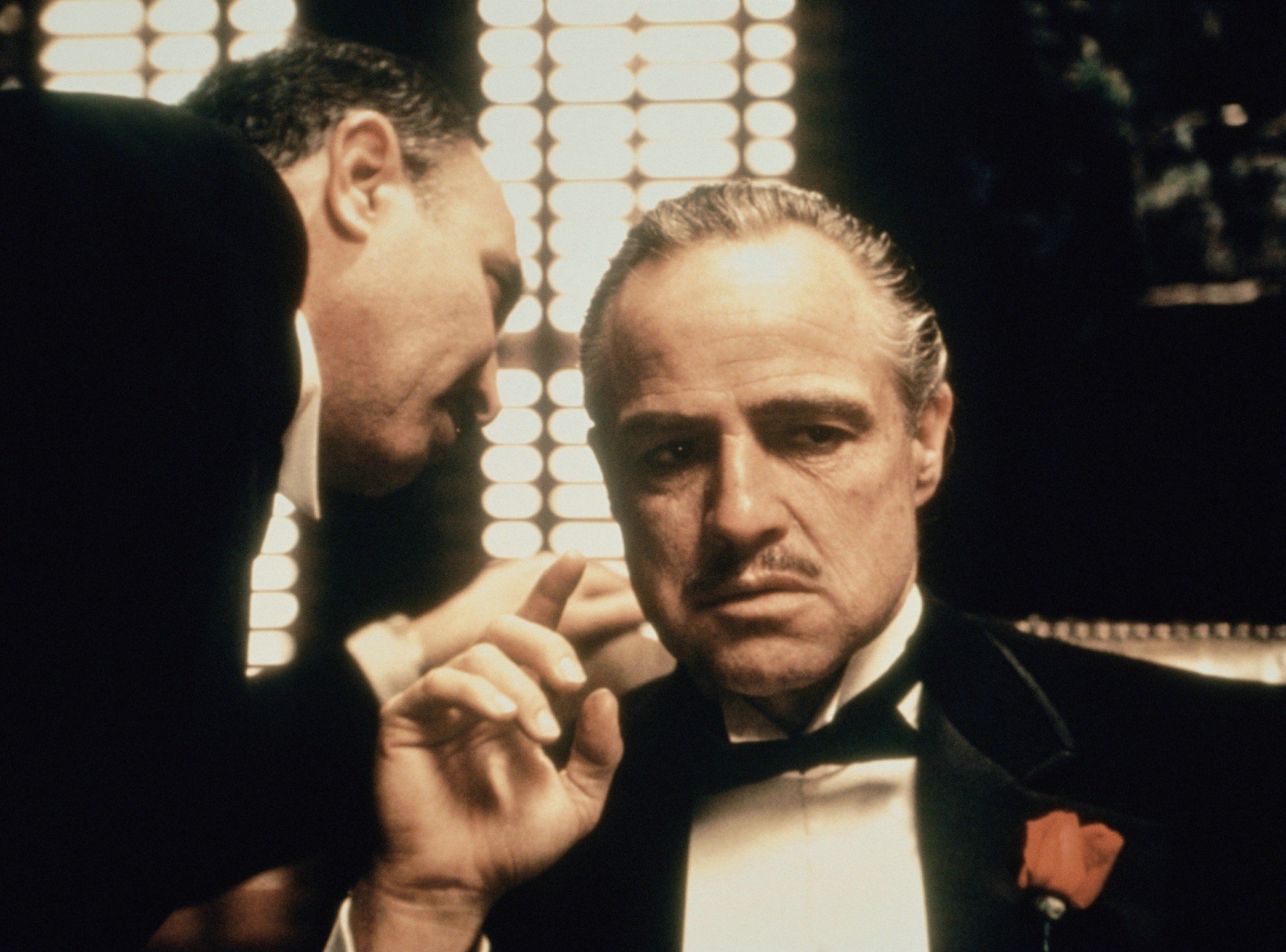The Godfather
★★★★★
Could I call myself a film aficionado if I hadn’t seen The Godfather before? Though I have seen this movie many, many times and have loved ever viewing of it, I really enjoyed it this time because I was able to take in all the elements that aren’t normally discussed. This film is so iconic, it’s easy to get wrapped into seeing the moments that are legendary. Whether that be the horse head, Michael’s moment of breaking bad or the iconic final shot, it’s a thrill to revisit these moments. But there is so much more to appreciate about this film. As iconic as these scenes are, they have risen up to the ranks of film lore because of all the pieces that are working around it. If the acting was bad or the score was horrible, we wouldn’t remember these moments. The Godfather is a perfect example of where every aspect of filmmaking works in unison to create a terrific movie.
The Corleone name has become one of the most recognizable fictional families, certainly when pertaining to organized crime. The Godfather follows this Italian-American mob family from 1945 to 1955, led by the family patriarch Vito Corleone (Marlon Brando). An assassination attempt on Vito’s life spins the crime syndicate into chaos as the family tries to protect their legacy and stay relevant as crime tendencies have shifted towards the drug trade. The youngest and somewhat most innocent son, Michael (Al Pacino), decides to step in. However, his choices end up having grave consequences and puts the Corleone empire in dire straits.
It’s hard to contextualize now how much this film changed the entertainment landscape. Yes, mafia and film noir films made up a lot of the success of early Hollywood, but Francis Ford Coppola took the genre and turned it on its head. We are used to shows like The Sopranos or Breaking Bad that explore the inner workings of very, very bad men, and The Godfather is the catalyst for every anti-hero that we see today. Coppola doesn’t just let us behind the curtains to see the inner workings of this crime family, but he asks us to sit and break bread with this family, like many of the wedding guests in the opening scene. Despite their anger, violence and devotion, we get to know the characters so well, that they become more than a mug shot. In fact, this movie made everyone look at crime a little differently. Instead of, “Why in the world would someone kill that man?” we ask, “What did that man do to deserve to be shot?” This reframing of the mind is subtle, and Coppola pulls the strings perfectly because he cinematically paints the Corleone family in a humanizing light. Everyone understands what it means to love someone, and as horrific as the Corleone actions are, the audience understands why they were made.
I understand why Brando gets all the recognition in this film. Vito is still impersonated to this day and Brando is able to pull off nuances of the character that no other actor would be able to pull off. But I thoroughly enjoyed studying Pacino’s performance in this film. The trajectory that Michael goes on is mesmerizing and horrifying. This movie pulls a little bait and switch on you because Michael seems so innocent at the beginning of this film that you connect to him immediately because he isn’t like the rest of his family. So it seems. But it should be no surprise that such anger and violence lurks underneath. How many of us try to run away from the family history that makes us who we are? The way that Michael transforms is fascinating but also shows what can happen when power and retribution are combined. Often, decisions that are cloaked in the guise of doing something for the better good are really rooted in deep self-interest. Michael Corleone is a perfect example of the devil that can easily lie in all of us.
The Godfather can easily become a discourse of the greatest hits because so many scenes have been studied thoroughly since its release, but the cinematography is a wonder to look at. There is something about film stock from the ‘70s that can’t be matched by the most technical filters of today. You also can’t discount the wonderful score that underpins the vibe of this whole story. It’s an ode to the family’s Italian roots, but remains incredibly cinematic without verging into campiness. I made note of it in The Godfather Part II, but the supporting cast is terrific as well. Not just the famous faces that we have come to love like James Caan, Robert Duvall, Diane Keaton (who I like more in this film than Part II), John Cazale and Talia Shore, but all the other gangsters and corrupt cops are just as memorable. Everyone looks like they are from this world and not just playing dress up, and they bring an authenticity to this story that is unmatched.
The Godfather is a masterclass of art and cinema, but with that said, one can’t discount the enormity of the entertainment factor. And that’s what makes it such an achievement. It’s a technical marvel, with a family story that is original, yet, completely relatable. Most importantly, it’s extremely rewatchable. I pick up something new about The Godfather every time I watch it and despite all the ripoffs that have come after it, its legacy remains intact.
I give The Godfather five out of five orange slices.
